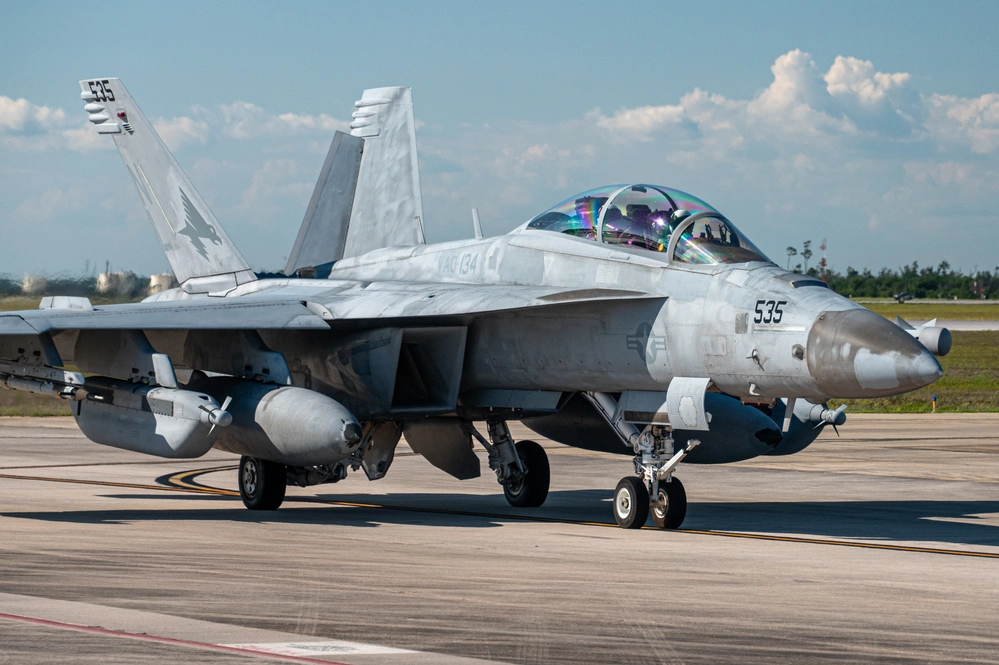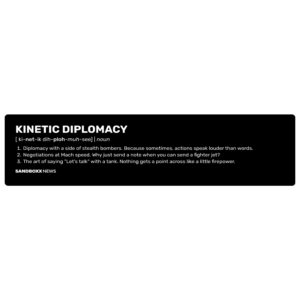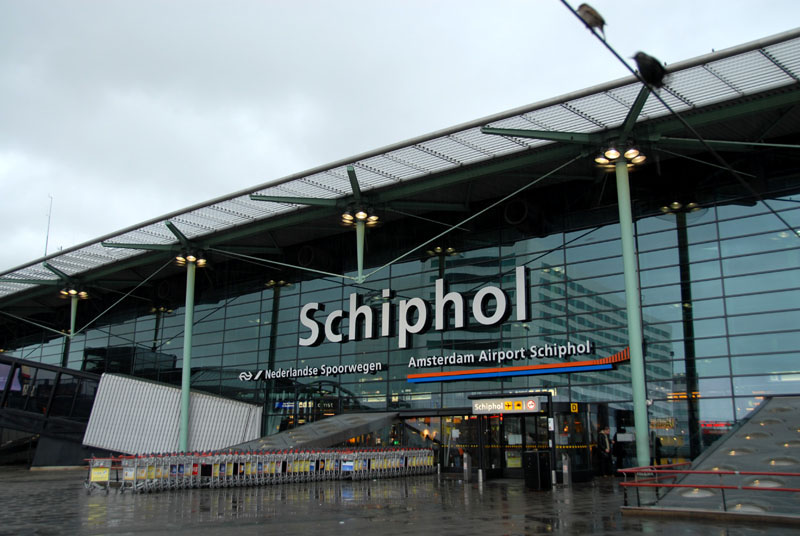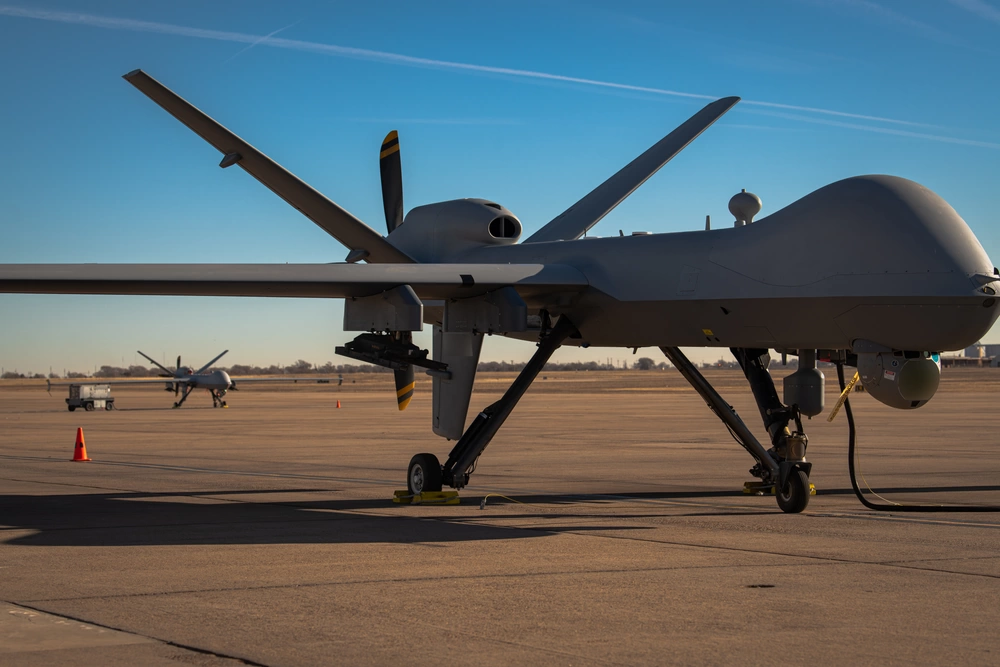Electronic warfare is an integral part of modern combat. Allied jammers can deny enemy communications, impair the targeting of friendly units, and even hide them from enemy detection altogether. The U.S. Navy employs the ALQ-99 Tactical Jamming System on the E/A-18G Growler aircraft for its electronic warfare capability. Introduced in 1972, the legacy ALQ-99 suffers from poor reliability and system failures that have caused crews to fly with undetected faults. Additionally, the system interferes with the aircraft’s own radar and adversely affects the plane’s top speed. To address these issues and better equip the fleet for future conflicts, the Navy started the Next Generation Jammer program.
On July 2, 2021, RTX’s Raytheon Technologies was awarded a $172 million low rate initial production lot 1 contract to manufacture Next Generation Jammer Mid-Band, or NGJ-MB, pods. The contracted consisted of three ship sets (two pods per set) of the NGJ-MB, associated spares, technical data, and gold units for operational test program set development. Naval Air Systems Command notes that the NGJ-MB is a joint effort between the U.S. Department of Defense and the Australian Ministry of Defence.
Lot 2 for five more NGJ-MB ship sets was awarded on December 24, 2021 for $227 million. On March 21, 2023, lot 3 was awarded for 15 NGJ-MB ship sets at $650.4 million; 11 sets went to the U.S. Navy while the remaining four went to Australia. Lot 4 consisted of 34 NGJ-MB pods at $590 million and was awarded on December 5, 2024. Most recently, Raytheon was awarded $580 million on May 16, 2025 for lot 5 which will see Raytheon provide additional production NGJ-MB ship sets, including to the Royal Australian Air Force.
“Offensive Electronic Attack provides a tremendous combat capability, protecting strike packages, kinetic weapons and high-value airborne assets across a broad range of missions,” said Barbara Borgonovi, president of Naval Power at Raytheon, in a company press release. “With this contract, we’ll ensure that our naval aviators in all theaters are better prepared to counter adversary threats and support the Joint Fight.”
Raytheon notes that work under the contract will take place in Forest, Mississippi; McKinney, Texas; El Segundo, California; and Andover, Massachusetts through 2028.
In addition to increased performance and capabilities over the legacy ALQ-99, the ALQ-249 NGJ-MB, as the new jammer will be known, allows for rapid hardware and software updates to counter evolving and improving threats. Similarly, the Next Generation Jammer Low Band will address threats in the low-frequency bands of the electromagnetic spectrum.
The system is currently in the Engineering and Manufacturing Development acquisition phase and is also a joint program between the U.S. DoD and Australian MOD. While the NGJ will initially augment the ALQ-99, the ALQ-249 will ultimately replace the legacy system on the EA-18G Growler in U.S. Navy service.
Feature Image: A U.S. Navy EA-18G Growler assigned to Electronic Attack Squadron (VAQ) 134, Naval Air Station Whidbey Island, Washington, taxis on the flight line during Checkered Flag 25-2 at Tyndall Air Force Base, Florida, May 13, 2025. (U.S. Air Force photo by Senior Airman Zachary Nordheim)
This article by Miguel Ortiz was originally published by We Are the Mighty.
Read more from Sandboxx News
- The incredible true story of American fighters taking on an Iranian drone swarm and winning
- Canada’s superior C7 and C8 – Service rifles from around the world
- Unusual and unconventional artillery shells
- Air Force has revealed world’s first two AI-piloted fighter drones
- New details emerge on the F-47, America’s 6th-generation stealth fighter










